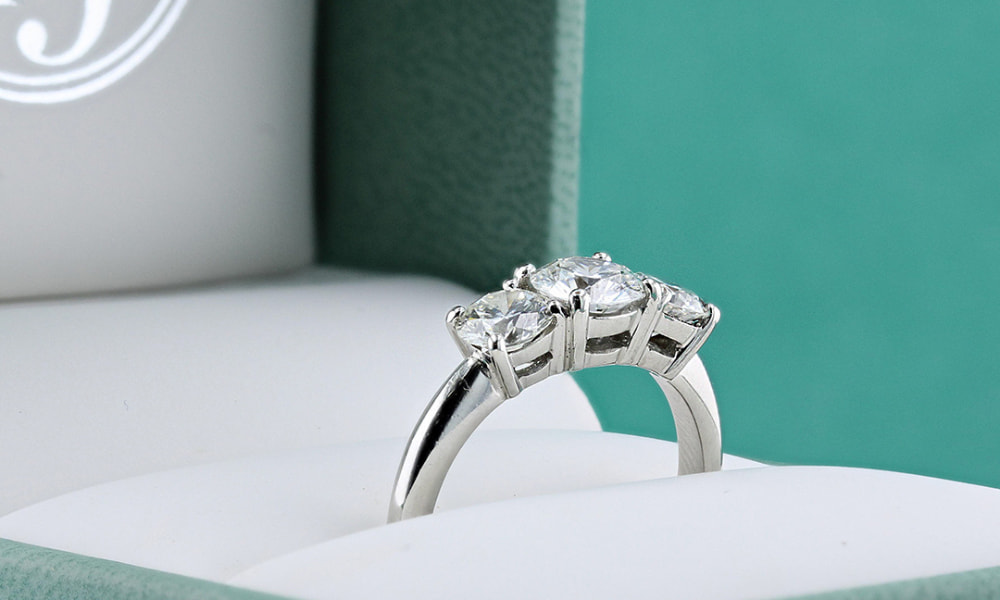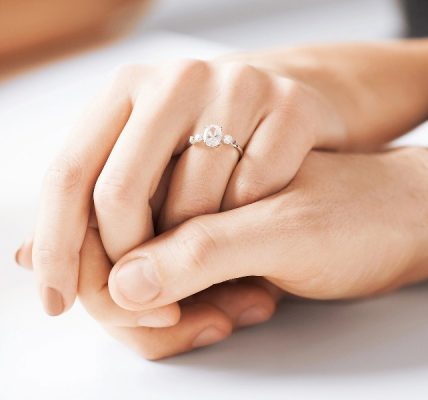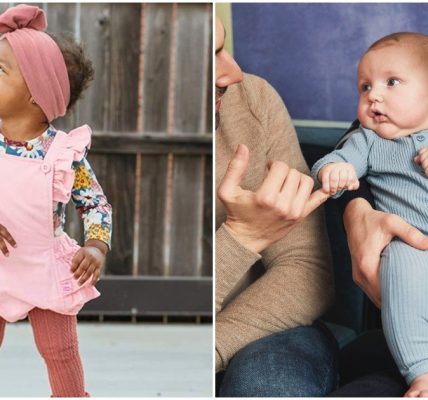Engagement rings hold a timeless significance in the realm of love and commitment, symbolizing the promise of a shared future between partners. In recent years, however, there has been a notable shift towards more inclusive and diverse representations of love and partnership. This evolution is reflected in the growing popularity of gender-neutral engagement ring options, which defy traditional norms and embrace a more fluid approach to symbolizing love.
Engagement rings have long been steeped in tradition, typically featuring diamonds or gemstones set in precious metals like gold or platinum. These rings traditionally come in distinct designs marketed towards either men or women, often characterized by masculine or feminine aesthetics. However, as societal attitudes towards gender and relationships continue to evolve, so too does the demand for rings that resonate with a broader spectrum of identities.
The concept of gender-neutral engagement rings challenges the conventional notion that rings should adhere to binary gender roles. Instead, they offer a versatile and inclusive alternative that can be embraced by anyone, regardless of their gender identity. This shift reflects a broader cultural movement towards greater acceptance and celebration of diversity within relationships.
One of the key features of gender-neutral engagement rings is their design flexibility. Unlike traditional rings that may be perceived as more masculine or feminine, these rings often feature minimalist and timeless designs that appeal to a wide range of tastes. They may incorporate elements such as sleek bands, geometric shapes, or unisex motifs that eschew gender-specific ornamentation.
Another significant aspect of gender-neutral engagement rings is their emphasis on personalization and customization. Many jewelers now offer options for couples to design their rings according to their individual preferences, rather than adhering to preconceived notions of what an engagement ring should look like. This customization allows couples to create a ring that truly reflects their unique bond and style, regardless of societal expectations.
Moreover, the materials used in gender-neutral engagement rings often emphasize sustainability and ethical sourcing. With increasing awareness of environmental and social impacts, many couples are opting for rings that are crafted from recycled metals or ethically mined gemstones. This conscientious approach not only aligns with contemporary values but also enhances the symbolic meaning of the ring as a reflection of shared values and commitments.
The rise of gender-neutral engagement rings also coincides with a broader movement towards inclusivity within the jewelry industry. Jewelry designers and retailers are increasingly recognizing the importance of catering to diverse identities and preferences, thereby expanding their offerings to better serve a more inclusive customer base. This inclusivity is not only reflected in the designs of engagement rings but also in marketing strategies that celebrate love in all its forms.
Furthermore, the cultural significance of engagement rings remains deeply rooted in their symbolism of love, commitment, and partnership. By embracing gender-neutral options, couples are able to redefine and personalize the tradition of engagement in a way that is meaningful to them. Whether through unique designs, sustainable materials, or personalized touches, gender-neutral engagement rings offer a contemporary expression of love that transcends traditional boundaries.
In conclusion, the growing popularity of gender-neutral engagement rings signifies a broader cultural shift towards inclusivity and personal expression within relationships. These rings not only challenge traditional norms but also empower couples to celebrate their love in a way that feels authentic and reflective of their identities. As attitudes towards gender continue to evolve, so too will the diversity of options available for couples seeking to break the mold and redefine what an engagement ring can symbolize in the modern era.










